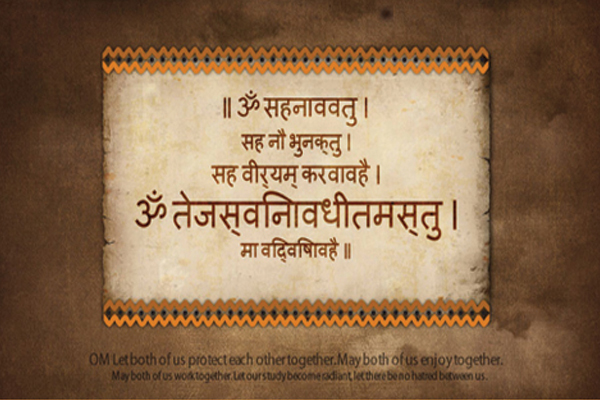Significances of Vedic Mantras
Posted on 03/09/2016 I by: AstroSaathi

Veda is derived from ‘vid’ meaning to know, from vid comes vidyaa which means imparting knowledge. Veda means a storehouse of worldly and spiritual knowledge. The oldest text in the world, Vedas teaches mankind to be perfect. It refers human beings as Children of Immortality and amends our vision so that we are able to percept unity in diversity.
Hinduism narrates about the five great sacrifices or panchamahayagnas. Below are the significances:
Brahma Yagnam/Sandhya Vandanam
Practicing it helps ward off stress and improves self-esteem. Sandhya also means union of jivatma/micro with paramatma/macro. Chanting these mantras help gain self confidence.
Pitru Yagna
This yagna is dedicated to parents and gurus and speaks about shradam. Accordingly, Shradam or rituals for the dead lose all meaning if one do not respect, revere and take care of parents while they are alive.
Agnihotra/Deva Yagna
The third yagna dictates about the fire of knowledge being the most powerful. Agni is also symbol of prosperity. We see food and herbs being offered to the fire during various rituals in Hinduism which is symbolic of offering something not for personal benefit but for common good.
Naimitika Karmas
This yagna include 16 shodasha kriyas that is usually performed on special occasions. For example, garbha daanam is for upbringing a child, pumsa vana for longevity and seemantham for a good life.
Nara Medham Yagnam
This is the fifth and last of the panchamahayagnas that teaches about the rites for the departed. Depending on how we live our lives, we tend to enhance or degrade our genetic pool. Our habit gets manifested in our genes for better or for worse which is why so much of importance is given to the art of right living.

